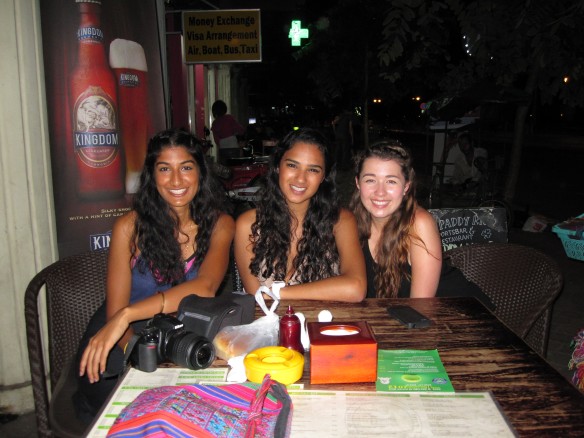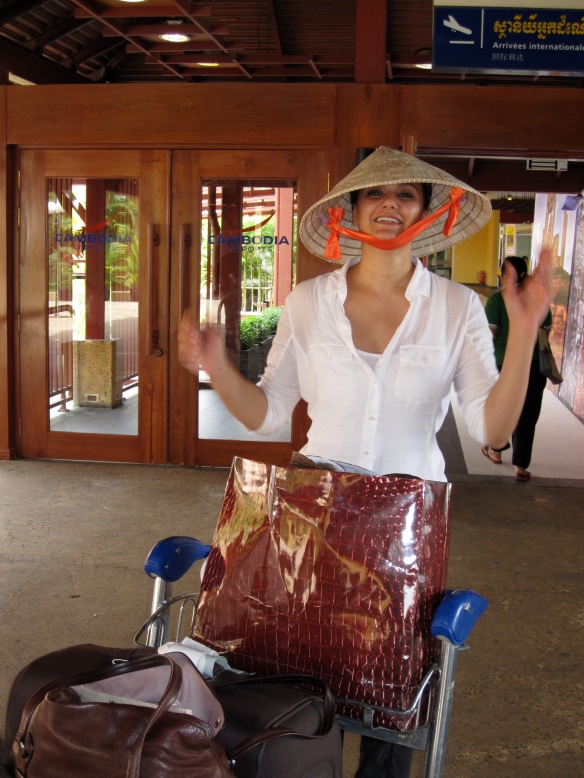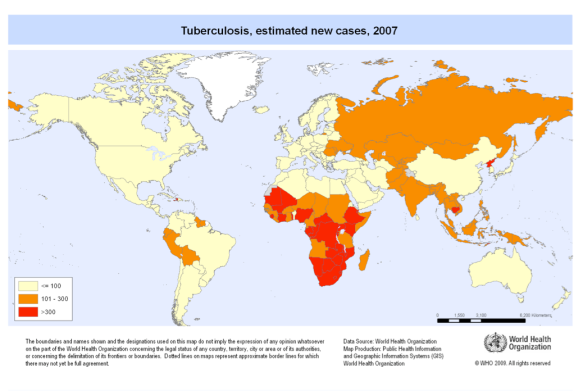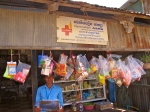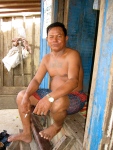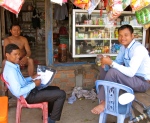Alright, so it’s taken me 5 weeks to write a “personal post” about life in Phnom Penh…that’s half of my internship. I think there are a few reasons for that. First, writing is not my favorite exercise, but also, I don’t think I can properly describe what life is like here.
For a SoCal (recently converted into East Coast), American girl, life here is surreal.
A few thoughts:
1) Culture Shock. Hey, I’ve travelled before. And to a lot of different places. I never thought it would happen to me, but looking back, I’m pretty sure I was in culture shock for at least 1 full week. Jet-lag aside, I basically hid in my room and didn’t come out. I didn’t speak the language, I knew a total of one person in Phnom Penh, and I had no idea where to go or what to do with myself. Over it now, but it’s interesting that it happened.
2) None of the locals here can accept that I am American. “Where are you from?” ….”America…”….”No, where are you REALLY from?”….”America”….”originally!”….”um…my parents are from Pakistan”….*lightbulb* “OH! You are from Pakistan! You look Indian!” Americans come from all types of ethnic, racial, and religious backgrounds. Most of us look completely different from each other. Many times, people abroad expect all Americans to have white skin, blonde hair, and blue eyes. I’ve been asked if I am Indian, Peruvian, Brazilian (flattered), and now even Cambodian. Nope, I am American. Even ask Pakistanis and Indians. It’s the way I talk, the way I was raised, my mannerisms, and so much more that makes me completely American. But this isn’t supposed to be a Jhumpa Lahiri style post about my daughter-of-immigrants identity crisis. So I will continue…
3) I had never ridden a motorcycle before coming to Cambodia. Now, I have ridden a motorcycle (or better known here as a “moto-bike”) more times than I can count. I hop onto the moto taxis quite regularly as they are the cheapest form of transportation. I’ve even ridden one sitting sideways because I was wearing a dress. Every time I choose to get on a motorcycle I think to myself, “Please let this end safely otherwise my dad will kill me for a) riding a motorcycle and b) not wearing a helmet.” I guess the only consolation is that there is so much traffic in Phnom Penh, the moto-bike basically cannot accelerate to more than 20 kph.

This is actually a pretty tame scene driving around in Phnom Penh. I’ll have to get a better picture depicting how crazy it can usually be..
4) There is a HUGE expat culture here which I absolutely did not expect. I have met countless Americans, British, and Australians. Most expats living here either work for an NGO or some version of a multilateral or bilateral agency (WHO, USAID, etc). Though I can’t say I’ve made many permanent friends, I will say that people here are incredibly nice, and it’s easy to talk to other expats at cafes, pubs, restaurants, and other sorts of gatherings.
5) I’ve had lots of visitors! It’s been fun to take them around the city and to see so many familiar faces from home.


